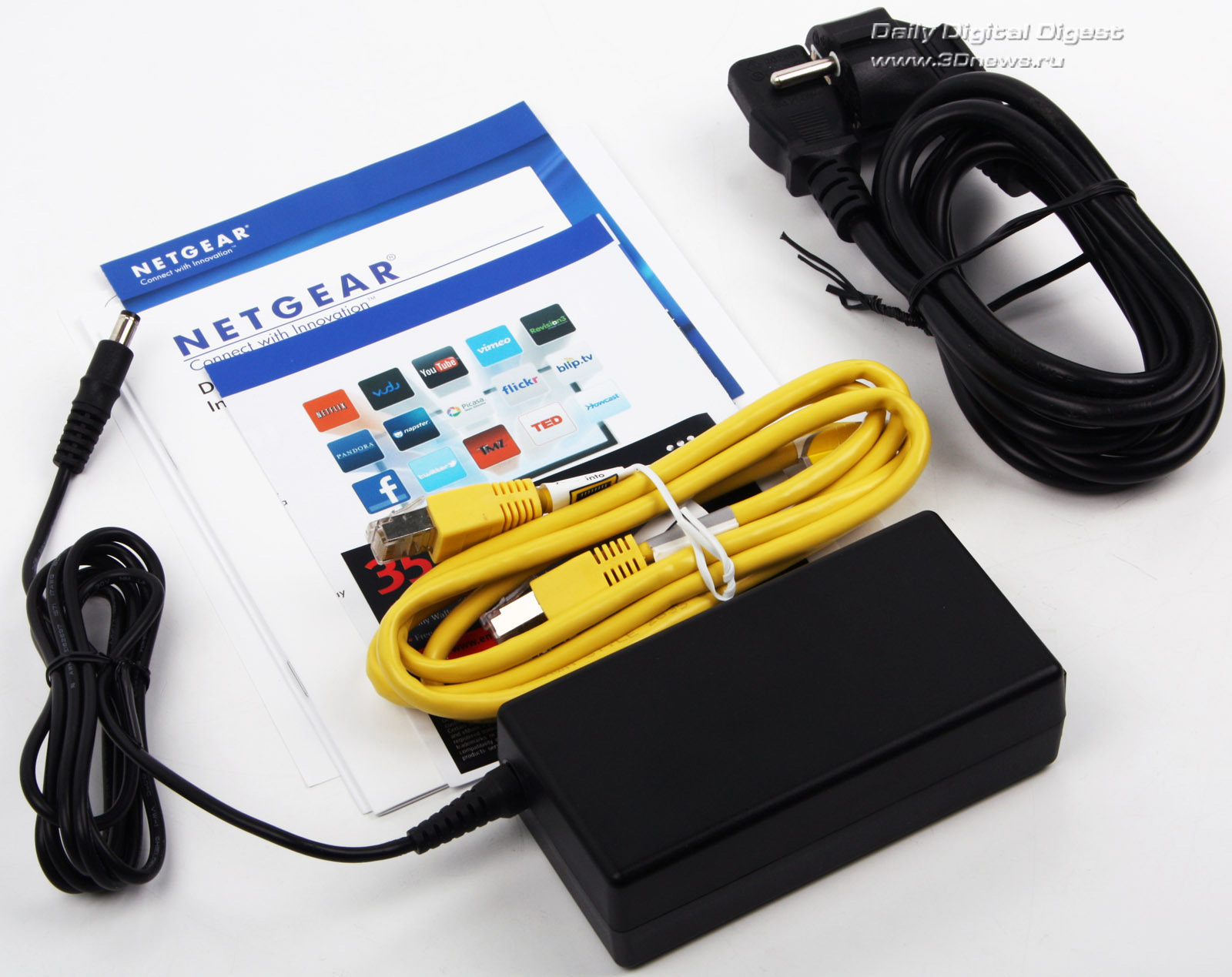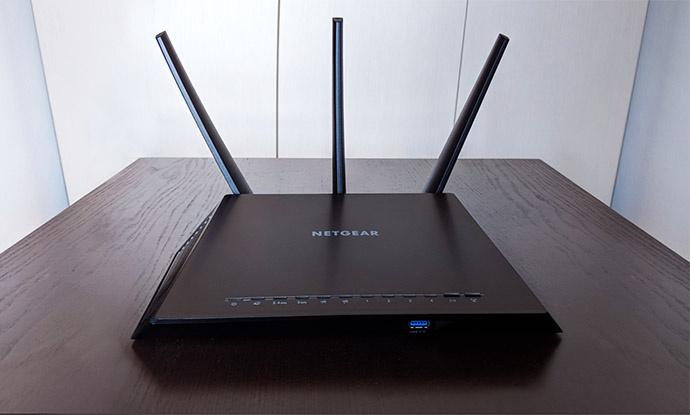

#Netgear bcm4360 password
For first time configuration, the router comes with a default Wi-Fi network, with the SSID and password printed on a label that comes along with the box and on the base of the router. While the R7000 is stuffed with features, most users getting a $200 router will be interested in the customisability, range and bandwidth.Ĭonfiguring the R7000 Nighthawk is quite straightforward - connect the router to a wall socket, plug in the WAN network cable, and switch on the unit.
#Netgear bcm4360 software
The R7000 also has Time Machine compatibility for Macs, ReadyShare Vault, a software client for Windows that gives users the ability to back up contents of a Windows machine to a hard drive connected via USB to the router, VPN service, an FTP server and a built-in DLNA and iTunes server.Īnother feature that is included in the R7000 Nighthawk is Beamforming+, which is a radio wave technology included in the Wi-Fi 802.11ac standard that allows a router to transmit radio signals in the direction of a client device. This feature allows for prioritising traffic so that tasks like gaming and video streaming take precedence over others. Considering the pricing, Netgear has seen fit to include features such as downstream QoS, which differentiates the R7000 from similar high-end routers like the Asus RT-AC68U, which offers upstream QoS. The indicator lights turn orange whenever there is an issue with connectivity.Īs far as connectivity goes, the R7000 Nighthawk features four Gigabit LAN ports at the back, a USB 3.0 port at the front, a Gigabit WAN port, a USB 2.0 port at the back and three antennae and hooks at the base that allow the router to be mooted on a wall. Another interesting design choice is the inclusion of white LEDs for status indicators at the front for Wi-Fi, LAN and WAN. The angular design and sheer size of the R7000 means it to stand out from any other router currently available today. The Nighthawk takes its name from the USAF F-117 Nighthawk, and as such is modelled after the fighter aircraft. With dimensions of 285 x 184 x 50mm and an overall weight of 750g, the R7000 is one the widest and heaviest routers in the market. The design of the router is also befitting one that is marketed as a high-end product, with angular lines and a matte finish that is immune to smudges.

For that kind of money, you get a router which has a 1 GHz dual-core processor in the Broadcom BCM4709A, 256 MB RAM, 128 MB flash memory for the firmware along with the two aforementioned Gigabit BCM4360 transceivers. The Netgear R7000 Nighthawk suffers from no such drawbacks, as vendors are aiming for the $200 mark with the Wi-Fi AC1900 class routers.

This allows for an overall transmission throughput of 600Mbps, a considerable increase over the 450Mbps boasted by Wi-Fi AC1750 routers.Īnother area of differentiation between Wi-Fi AC1900 and Wi-Fi AC1750 routers is that the AC1750 class routers usually feature a 802.11ac Gigabit transceiver for the 5GHz band and a 802.11n transceiver for the 2.4GHz band, which allows vendors to reduce on the manufacturing costs of the router. In the 2.4GHz band, each spatial stream can provide throughput of 200Mbps via TurboQAM technology, which is 50Mbps more than what is achieved by standard Gigabit transceivers. The R7000 features two Broadcom 3×3 BCM4360 Gigabit transceivers, one for the 2.4GHz band and the other for the 5GHz band. The R7000 Nighthawk features 600Mbps on the 2.4GHz band and 1300Mbps on the 5GHz band, which is achieved by enabling 256-QAM modulation (which Broadcom is marketing as TurboQAM ) on the Broadcom BCM4360 radios that power the router. One such hardware manufacturer who has enjoyed a modicum of success in this segment is Broadcom, who recently unveiled its BCM4709A SoC, which is the hardware that powers Netgear’s R7000 Nighthawk, the manufacturer’s first offering in the Wi-Fi AC1900 segment. Vendors that manufacture modems for the routers have also been tweaking away to achieve higher bandwidth and more throughput. With the introduction of the Wi-Fi ac standard and mainstream availability of the Wi-Fi ac modems in smartphones and current-generation notebooks, routers that provide bandwidth to handle 1 Gbit/sec Wi-Fi ac transfer rates have become standard.


 0 kommentar(er)
0 kommentar(er)
